St. Johns-wort is a surprising source of natural dye. Last September I experimented with this prolific plant & the results did not disappoint! Of all the plants I have experimented with, St.John’s wort is by far one of the most surprising (I recently experimented with Buddleia & the dye was so vibrant, be sure to check that out next!).

St.John’s wort
St. Johns-wort, Hypericum perforatum, is a flowering perennial, native to parts of Europe, Asia & most temperate regions. This plant has many names; you may know it as Goatweed, Klamath or Tipton weed. It can grow up to one meter tall, with bursts of yellow flowers that bloom from June to August. It grows with wild abundance here in Ireland, found throughout woodland paths, hedgerows & heaths. In more urban areas, you can find it growing in crevices & roadsides.
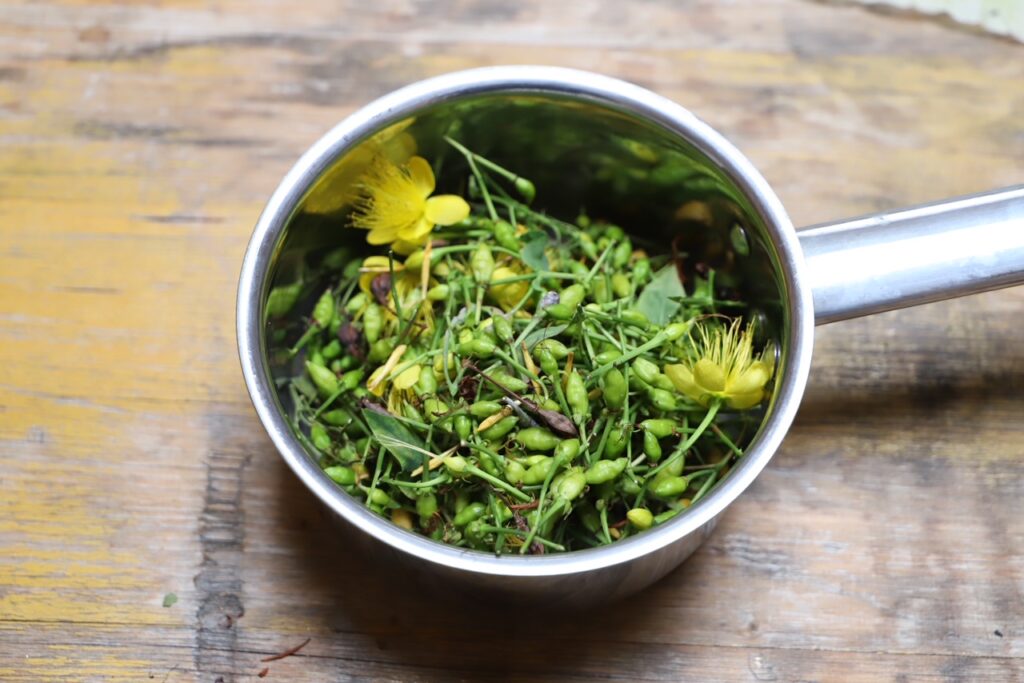
St. Johns Wort as a natural dye
While this plant has been used as a mood-boosting medicinal plant for centuries, is also a reliable source of natural colour. St. Johns-wort can be used as a natural dye & depending on the parts used, some natural dyers can get 4-5 shades of colour from this unsuspecting beauty. The wonderful thing about this plant is that it gives a range of beautiful colours from taupe & brown to pink, red, maroon, yellow & green.
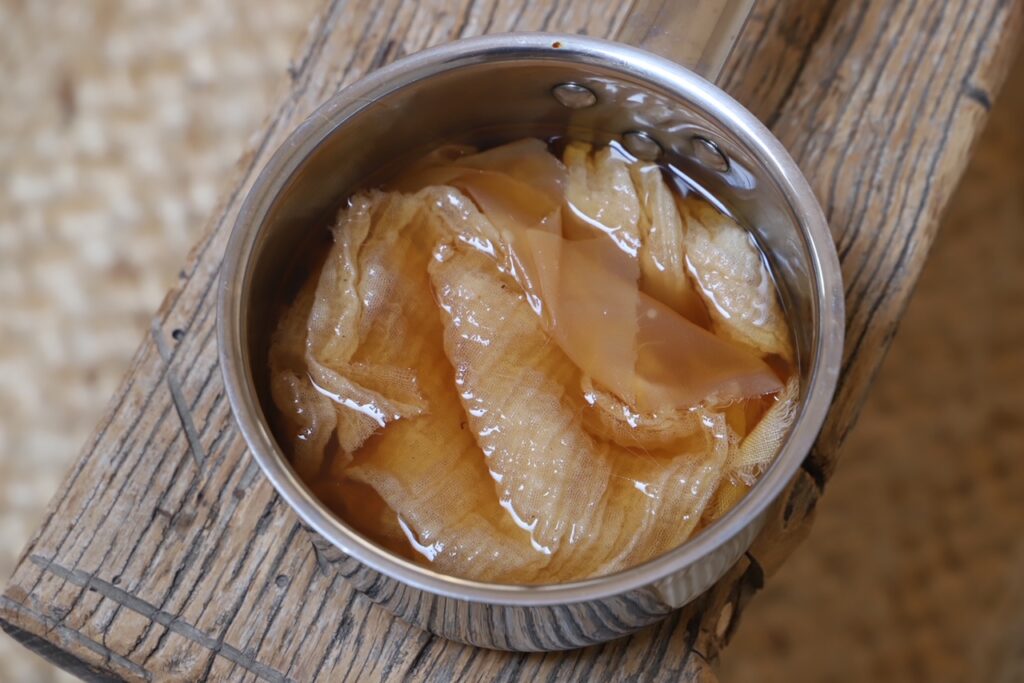
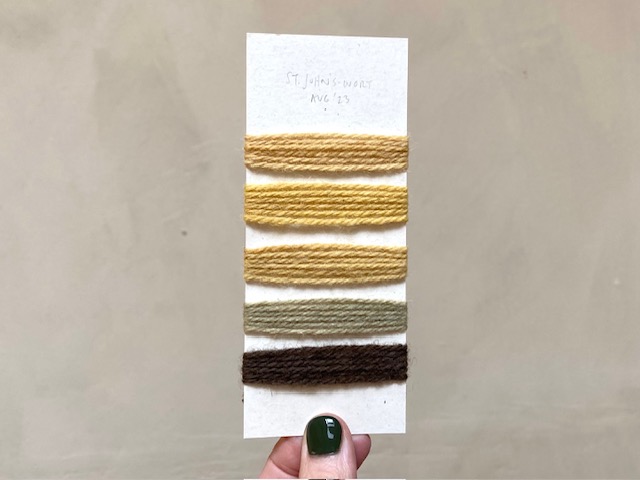
How to harvest St.John’s wort & use it as a natural dye
Gather plant tops when the flowers begin to blossom until the end of September. The rest of the plant can be harvested throughout the year. Traditionally the plant was harvested on June 24th, St. Johns’s day. In Ireland, the cuttings were hung over religious icons to ward off the devil. Gather the yellow-petaled flowers during the summer, then use fresh or dried or store for later experiments. As with all foraging, take a little from each shrub to minimise stress & encourage growth.
What parts of the plant can I use?
The dye comes from the roots, leaves, stems and flowers. Although I recommend working with the flowers and plant tops for the best colour results. The plant tops produce shades of taupe, brown, pink & yellow. The flowers can produce shades of red, maroon, yellow & green.
How to naturally dye with St. Johns-wort
Use equal weight of dyestuff & fibres. For example, if your fabric weighs 150g then use 150g of St. Johns-wort. If you would like darker colours use twice or three times the amount of plant parts to fibre.
- To extract the dye, add your plant parts to a pot, cover with water & bring to a gentle simmer.
- Simmer gently for 1-2 hours.
- Next, strain out the plant parts.
- Add your scoured & mordanted fibre to the dye pot.
- Simmer gently until you are happy with the colour.
- Turn off the heat, let the dye bath cool.
- Remove your fibre from the pot, rinse & hang to dry.
- Scoured = fibre that has been cleaned & prepared for dyeing.
- Mordanted = The process of adding an ingredient that makes the dye bind to the fibre.

Natural dye colours
I obtained a varied range of natural colours from my experiments with the plant tops. From taupe to pink, yellow, brown & rusty orange, the hues were a wonderful surprise. I know there are more colours to discover from this plant. With this in mind, I’ll be getting out early to gather St. Johns-wort this year. I’ll be sure to gather an abundance of flowers before they disappear.
Learn more about natural dyeing
If you want to learn about natural dyeing with simple ingredients like onion skins or avocado stones you can enrol in my free mini-course. ‘Naturally Dye Fabric With Avocado Stones‘. The class is hosted on teachable, to enrol enter your email & create a password.
Free Natural Dye Resources
For more beginner guides, look at other natural dye tutorials here. If you have been wanting to give natural dyeing a go, I would strongly recommend you start with avocados for surprising pinks or yellow onion skins for, you guessed it, yellows:) These are fun dyes, as neither requires a mordant, making them more straightforward. If you’re looking for a project to entertain yourself or a project for your kids, why not give this a go? Avocados are a great dye to introduce kids to the process & teach them about the richness of our natural world. Grab a plain t-shirt, an old pillow case or something white, off-white or cream & get dyeing.
Natural Dye Colour Guide
If you would like to learn more about the colours you can get from dye plants or sources of natural colour, take a look at ‘The Guide To Natural Colour & Plant Dyes‘ ebook. This comprehensive download will give you access to 200+ dye plants, detailed by plant type & colour. Cost: €18.
EXPAND YOUR NATURAL DYE SKILLS & DEEPEN YOUR PRACTICE
Whether experimenting with this plant or curious about other natural dyes, there’s so much more to discover. In the next few weeks, I’ll be re-opening enrolment for my Foundational Natural Dye Course & Coaching, where we’ll dive deep into the art and science of creating beautiful, sustainable colours from nature.
If you want to deepen your practice, this course will take you through foundational techniques of natural dyeing. Expand your craft & elevate your learning with live classes, a full natural dye curriculum & expert guidance to help you along the way. Keep an eye out for more details.
Until then, happy colour adventures!
x Kathryn
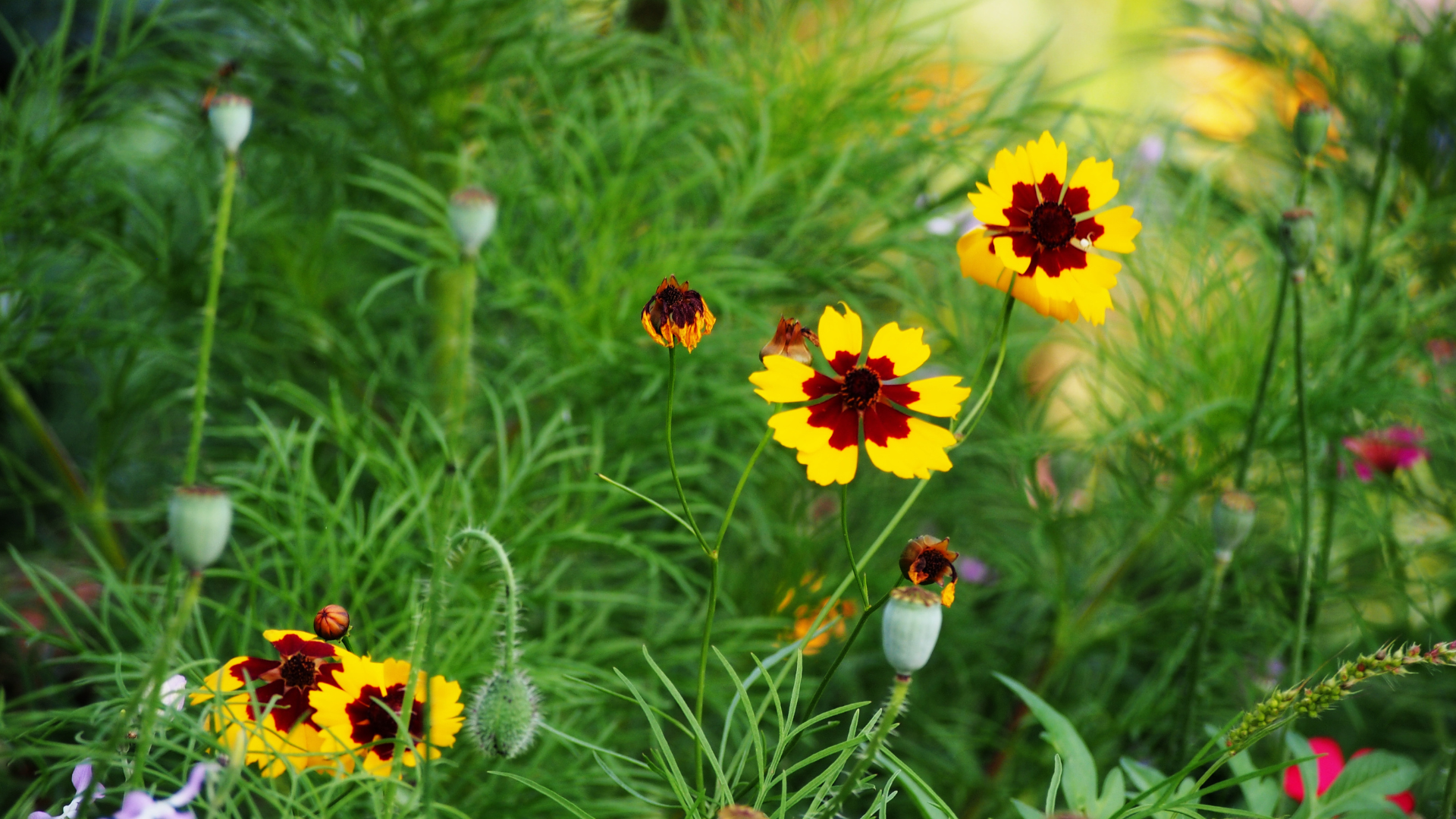
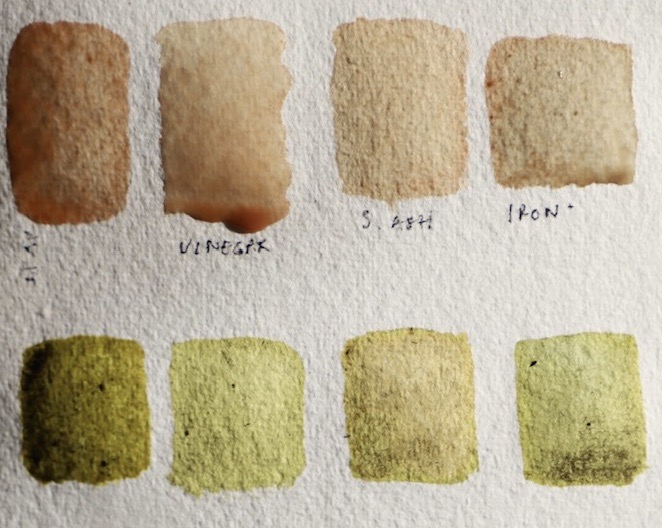
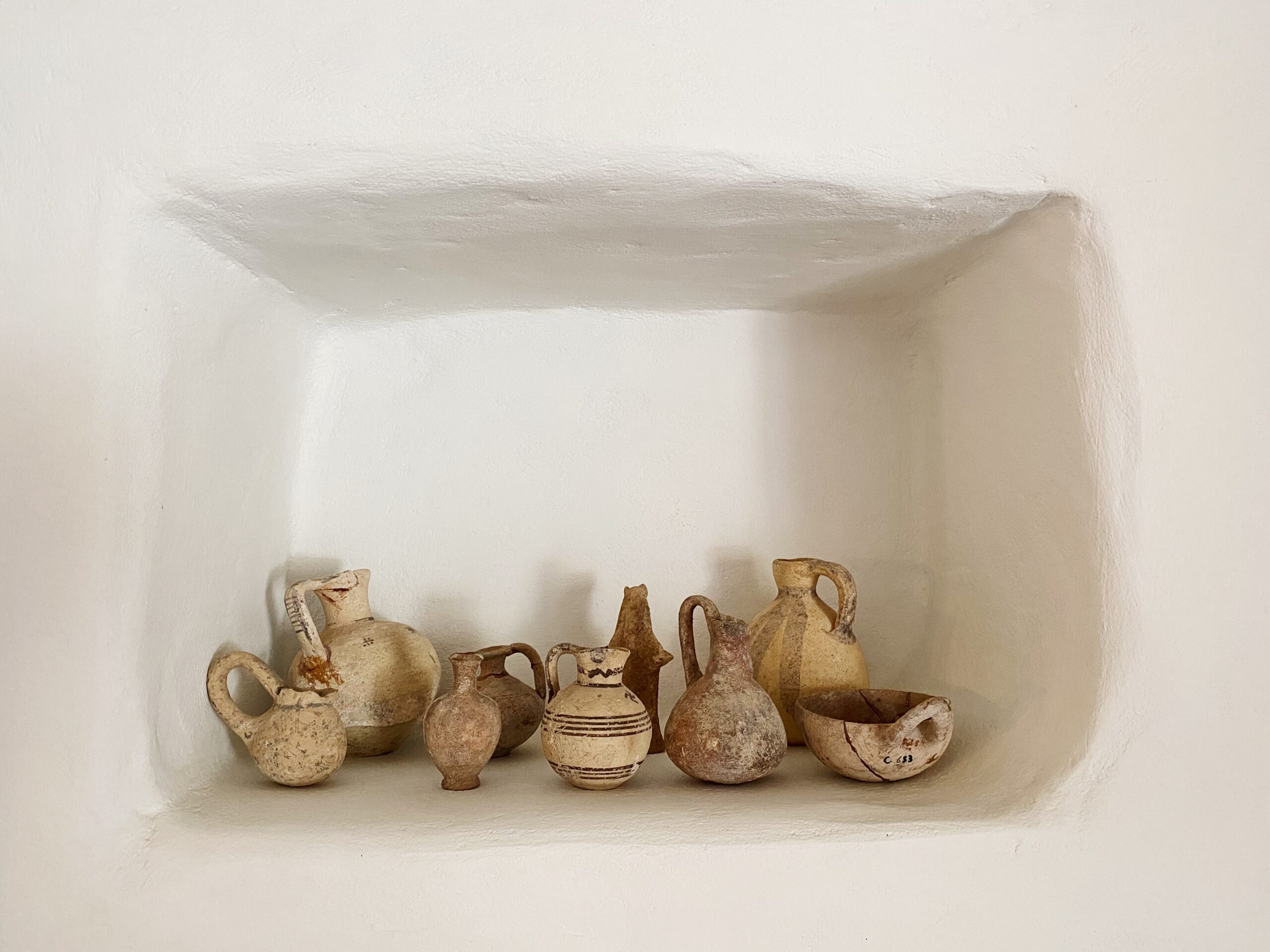
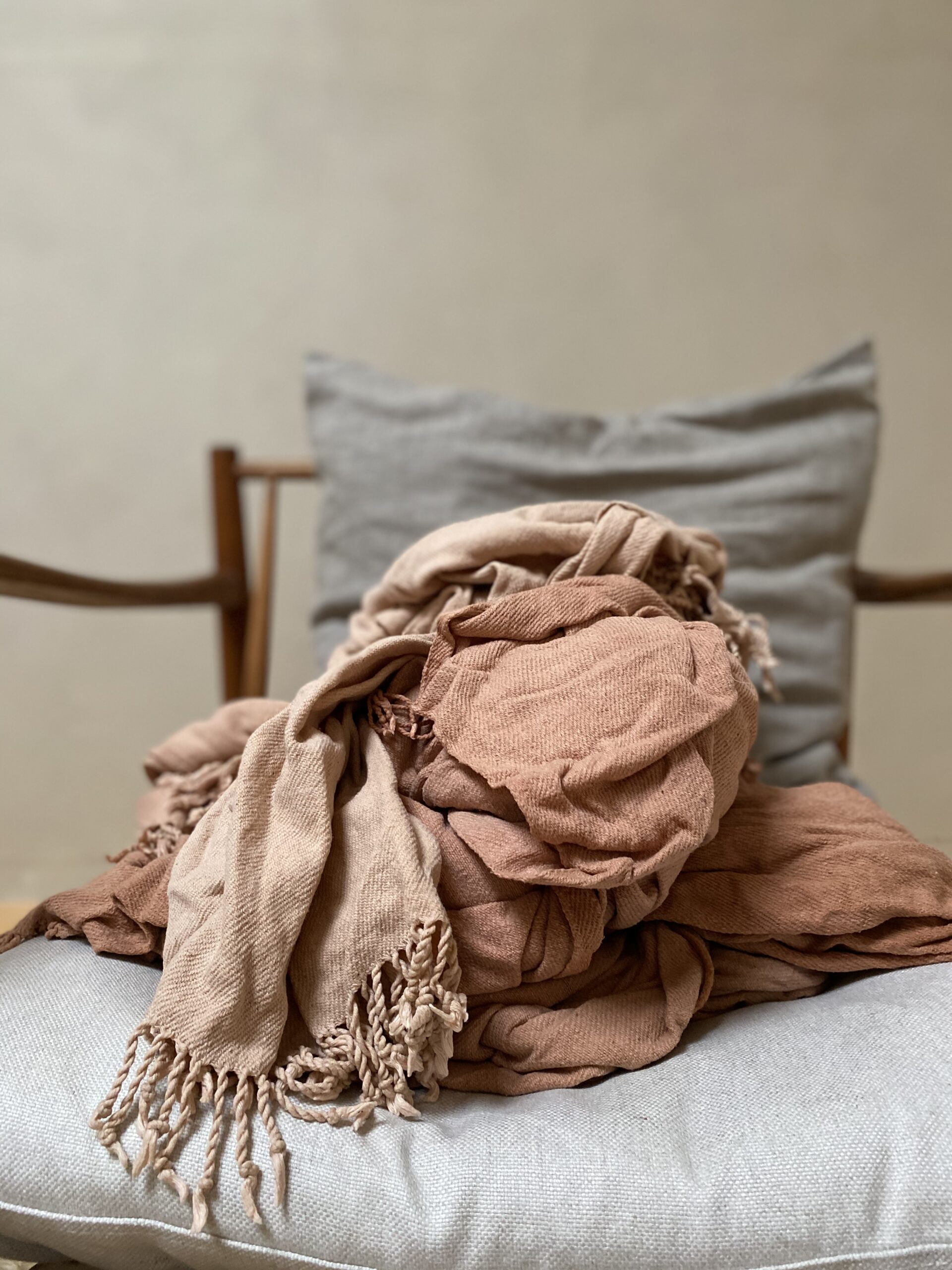

+ show Comments
- Hide Comments
add a comment